Mini-Jersey Cattle: Fact vs. Fiction
Mini-Jersey cattle may be small, but they pack a big punch. Homesteaders and small dairy farmers with limited space can find mini-Jerseys a great investment. They produce the same top-quality raw milk as their larger counterparts but require less feed and space to roam. Most people have a lot of questions about minis before they consider buying one. Here are some of the most common requests for information about this cute – and tiny – breed of Jerseys.
What is a miniature Jersey cow?
A mini-Jersey cow is a true Jersey breed. Long before milk became commercialized, families did not need large dairy cows to meet their daily milk needs. Over time, as demand grew, cattle breeders manipulated the DNA of Jerseys to make them bigger and better milk producers. Mini-Jersey cattle stand between 36 and 42 inches tall. Standard-size Jerseys can reach 62 inches in adulthood. Miniatures also weigh about half as much as standard cows. Most minis weigh between 500 and 800 pounds versus the 800 to 1,200 pounds of a standard Jersey.
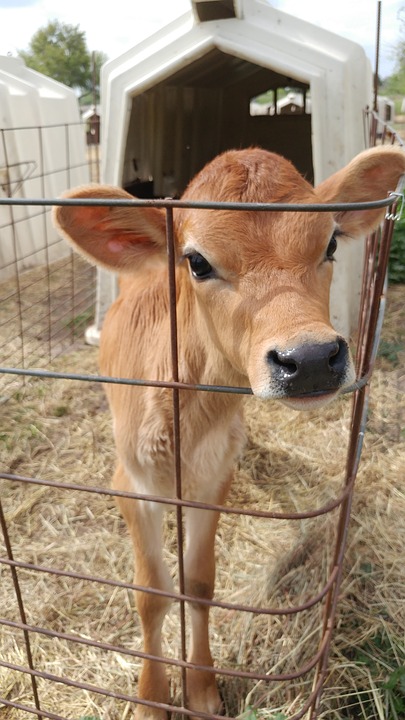
What does a mini-Jersey look like?
Mini-Jerseys share the same physical attributes as their larger counterparts. Their color ranges from a light fawn to a dark brown. Some have white patches on them in the shape of diamonds on their foreheads or larger patterns on their bodies. From their withers to their tails, all Jerseys have what looks like a tan-colored saddle. Their big, doe-like eyes are hard to miss (and resist). Mini-Jersey cattle have feminine features. Some people describe the bridge of their noses as having a dish shape to them. Most Jerseys, whether standard or mini, have horns.
How much does a miniature Jersey cow cost?
One of the first questions most people ask before buying a mini-Jersey cow is how much they cost. This is a reasonable tidbit of information to have before you start shopping around. Most miniature Jersey cow breeders charge between $1,800 and $3,500 for minis. Value can increase (or decrease) based on the cow’s color, markings, and size. It can be cheaper to buy a mini-Jersey calf than an adult mini.
Part of the costs associated with owning a mini-Jersey includes food and shelter. Homesteaders should have between 2 and 5 acres per cow for adequate grazing.
What is a DNA-verified mini-Jersey cow?
Homesteaders and farmers who wish to breed mini-Jerseys will care about this designation. Others who just want raw milk may not care as much. Cattle breeders use something called Breed Base Representation (BBR) to determine a Jersey cow’s purity. Simply put, you can find out how much purebred Jersey blow is in your cow before you buy it. The American Jersey Cattle Association conducts genomic testing.
Do mini-Jersey cattle produce A2 milk?
Yes and no. Not all mini-Jersey cattle produce A2 milk. If you hope to avoid dairy sensitivity by drinking raw mini-Jersey cow milk, have your cow tested to ensure it produces only A2 milk.
If you are wondering what A2 milk is, let me explain. A2 refers to the beta-casein protein found in a cow’s milk. There are two main families of beta-casein in milk: A1 and A2. People who have dairy allergies are most likely sensitive to the A1-beta casein found in most dairy cows. Switching to lactose-free milk does not always help those with dairy sensitivity digest it better. They are not allergic to the lactose, or sugar, in the milk. They are sensitive to the A1-beta casein. Some dairy cows, like Jerseys and Guernseys, produce only A2-beta casein in their milk. Scientists have learned that A2 milk digests faster, which they believe can reduce unpleasant side effects from drinking it.
What makes mini-Jersey cattle the best breed for family homesteads?
Mini-Jersey cattle are the best breed for small family homesteads because they take up less space, eat less food, and produce a decent size quantity of milk each day. Jerseys have the highest percentage of protein and butterfat in their milk. It makes some of the most amazing (and creamy) butter, cheese, ice cream, and yogurt you will ever taste. They also have an agreeable temperament, making them easy to manage.
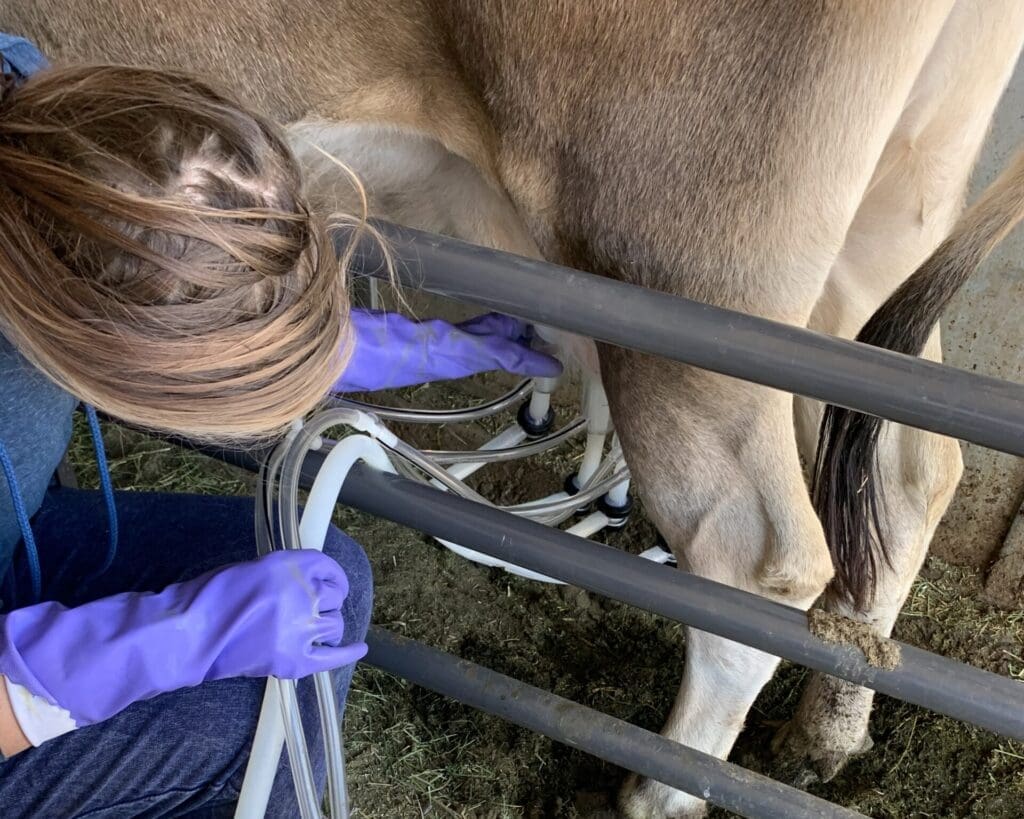
What are the differences between Mini-Jersey cattle and regular Jersey cattle?
Mini-Jersey cattle are smaller in size compared to regular Jersey cattle, making them more suitable for small farms. Regular Jersey cattle are known for their rich milk production and are widely used in dairy farming. The history of jersey cattle breed dates back to the British Channel Island of Jersey, where they were originally bred.
How do you milk a mini-Jersey?
Milking a mini-Jersey cow is not difficult when you have the right equipment. We have a very specific process we follow on our homestead. While you can certainly milk by hand, using a milking machine makes everyone’s life easier. We use the Simple Pulse Basic Milking System for our Jersey cow. If you want to give it a try, you can find instructional videos for use on the Simple Pulse website.
We always make sure our Jersey is clean before we milk her to help prevent cross-contamination. Even though we take precautions, we still send our raw milk to Udder Health Labs in Idaho for testing. After you finish milking, make sure you sterilize all your milking equipment, so it is ready for the next time.
Insider’s tip for the best milk yield: feed your mini-Jersey cow fermented barley. It is easy for them to digest and helps them break down folic acid.
Fall in love with mini-Jersey cattle
There is a lot to love about mini-Jersey cattle. From their doe-y eyes and their soft coats to their gentle temperament and delicious raw milk, it is hard to resist the charms of a mini-Jersey. If you have a mini-Jersey, we would love to hear about it in the comments.
In our kitchen, we only use cultures from Cultures for Health.
Get yours here and start culturing today.
Popular Articles
Newsletter
Get signed up to get latest updates and new information from the Jersey Milk Cow!
Comments (13)
Leave a Reply to Kelsey Cancel reply
This site uses Akismet to reduce spam. Learn how your comment data is processed.

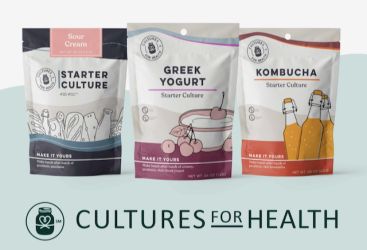
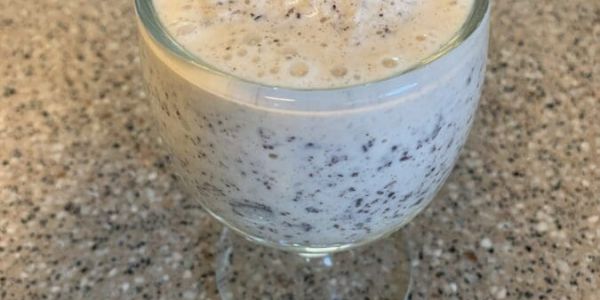
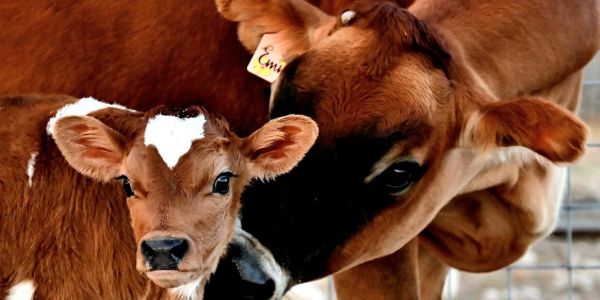
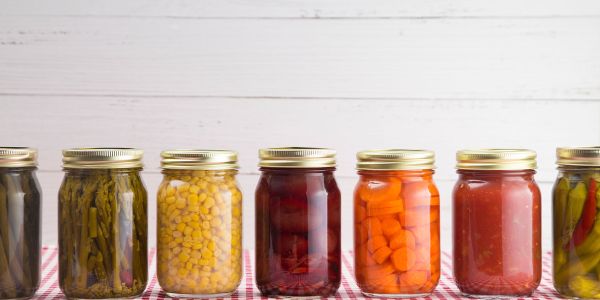

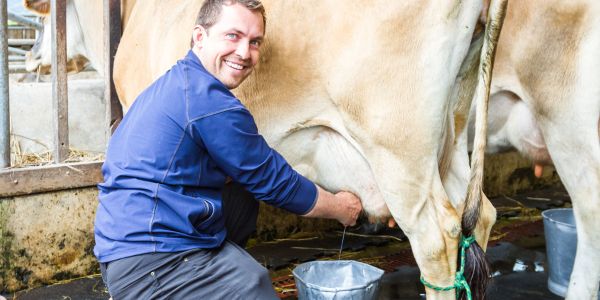
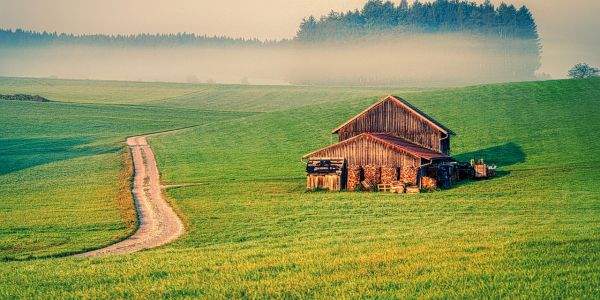

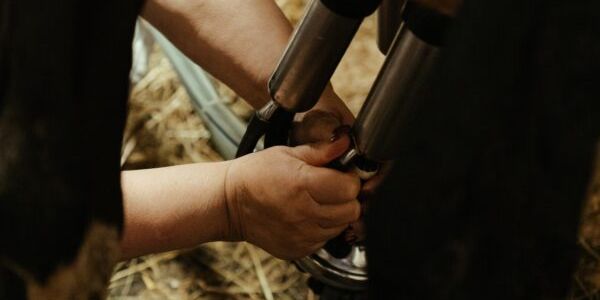

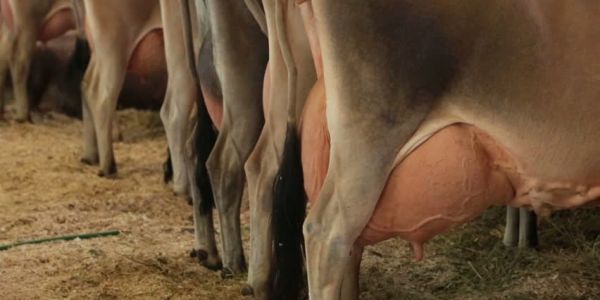
Hey Kelsey!
Thank you for this information. My wife and I are on the starting line of journey to homesteading and we definitely want a mini Jersey. With you being ahead of us (and somewhere we want to be someday) what other resources (books, channels, etc) would you recommend for me to look at to continue to learn more? TYIA for any information you can provide 🙂
Hi Josh!
Thanks for commenting. There are so many good resources out there. Your best resource, in my opinion, is your local diary farmer. Don’t be afraid to ask questions and ask if you can be a part of the “day to day”. You will learn things that you never can learn in a book. Hands on experience and personal conversation is invaluable. Also, a vet that doesn’t mind coming to you and taking a look at your cattle is also an amazing resource.
There are also many groups on Facebook that are useful. Jersey specific as well. We are in the process of starting our own Facebook group soon and also coming out with a book that will help homesteaders like yourself, get going on the right foot. Hope this helps!
Thank you for the information. I am one who moved out of the rat race to homestead. I started with 10 chickens and now have 50. They are too much fun. Now I’ve been eyeing the possibility of getting a milk cow. You really made me think about the mini Jerseys. Where would you start to purchase one?
Hi Lea!
There are many groups on Facebook where you can ask if there are any for sale. I know some farms, ship the cow to you. Not ideal but possible. I would also reach out to your local farmers and cattle lots. Also, craigslist is a good starting point as well.
My husband and I bought an acre where we plan to build our home, but also would like to raise a milk cow. If we planned on partial grazing, supplemented with hay and grain, would they require less room than mentioned above (2-5 acres)?
Hi Amanda,
Hmmm… I would say if you’re getting a mini… try it out. It’s a rule of thumb to have more room than not enough. But even if you find that the space you have isn’t enough, you can always find secondary solutions (boarding, or leasing part of your neighbors un-used yard/property).
If you’re getting a full grown jersey, you probably won’t have enough space. The manure alone, if you’re not on top if it, will be hard to manage in a small space.
Hope this helps!
It is totally doable. We have an acre and use the back half of our neighbor’s acre (so 1.5 acres-ish) and do just fine. The manure is a lot but we reached out to local garden groups and people come pick it up for their compost piles (win/win). Our mini is almost a year old and we are loving life, so excited for milk eventually!
Thank you so much Elisa for replying! I love hearing other peoples experiences. There is no “one size fits all” idea to farming and homesteading. That is a great idea of reaching out to garden groups!
Hi,
We bought a house on an acre, hoping we could fit a cow, but read that it would be too small. We started researching sheep, but discovered miniature jerseys exist. Then found your article here. Do you think a miniature jersey could be happy by itself on a little less than an acre? I’ve heard that livestock like companions, and sheep need at least 3 in order to act properly. Just wondered if cows are the same.
Hi Anne,
1 acre should be ok for a few Jersey cows. However, from my experience, jersey cows (mini or non) love company. We had a jersey alone for about a year and she was so sad. The flip side of that is she always wanted to be involved in what we were doing. We have a picture of her sticking her head through our window to see what we were all up to. But as fun as that is, I would still suggest bring them onto your Homestead in 2s.
Hope that helps!
Hello there!
We are in the process of getting a mini jersey, our only dilemma is as of right now she will be raised only on hay and feed (since we don’t have pasture for her). We want to use the fermented barley and alfalfa when she has her calf. How much barley and hay is suggested to feed her each day?
Hi… we are trying to find a mini or micro mini jersey cow for milking for our homestead. We’re in CA and it’s been difficult finding where we can purchase. There’s one place online that has them back east somewhere and they say shipping is free. But I don’t get a good vibe. They request 50% deposit. It’s too far for us to go in person and I just don’t feel like I can trust that we’ll receive the cow. So Any recommendations of a trusted source would be so appreciated. Thank you.
How much milk do the mini’s produce a day vs. the larger size?